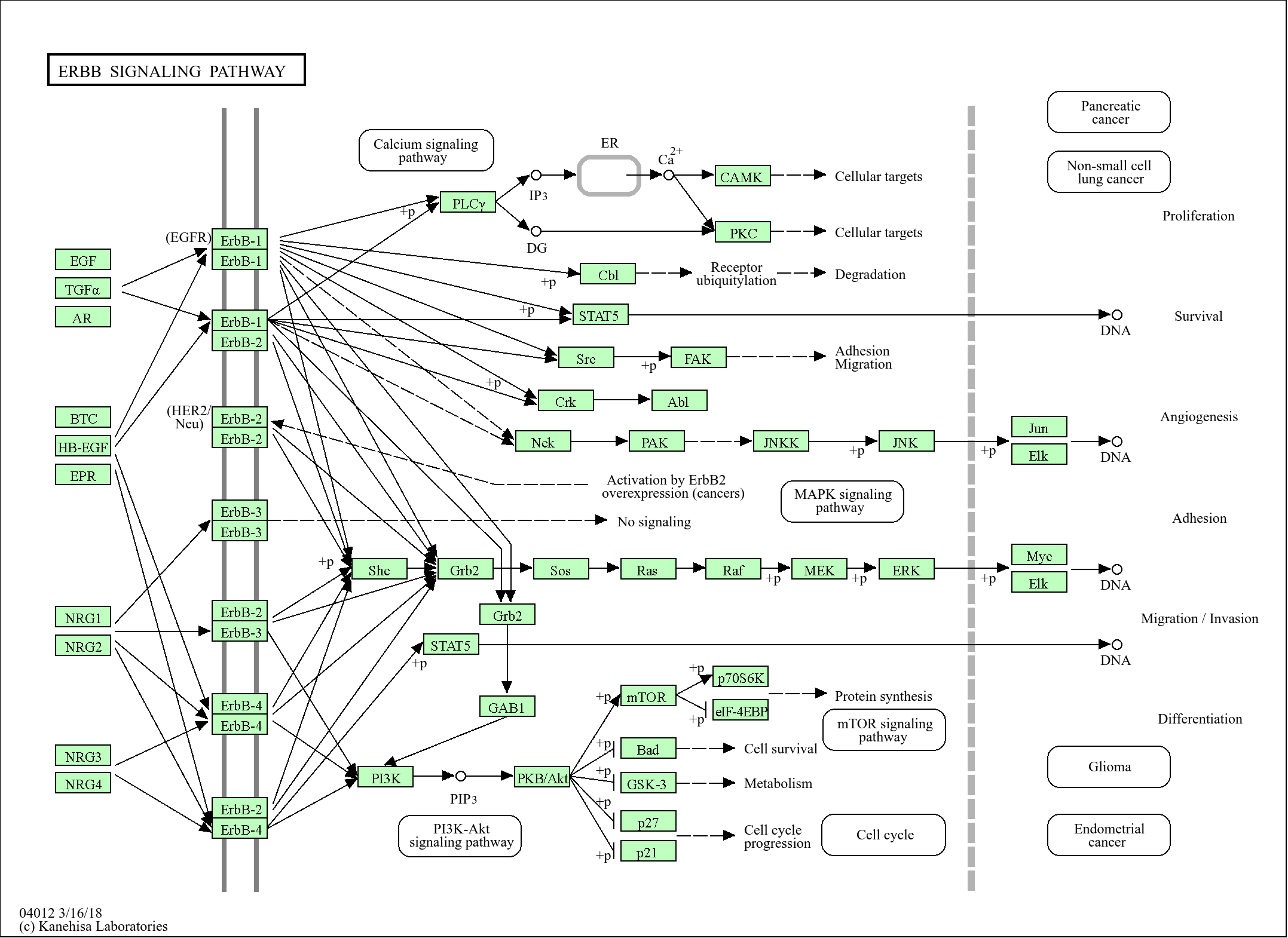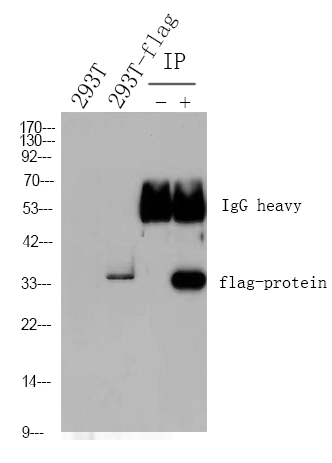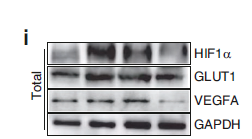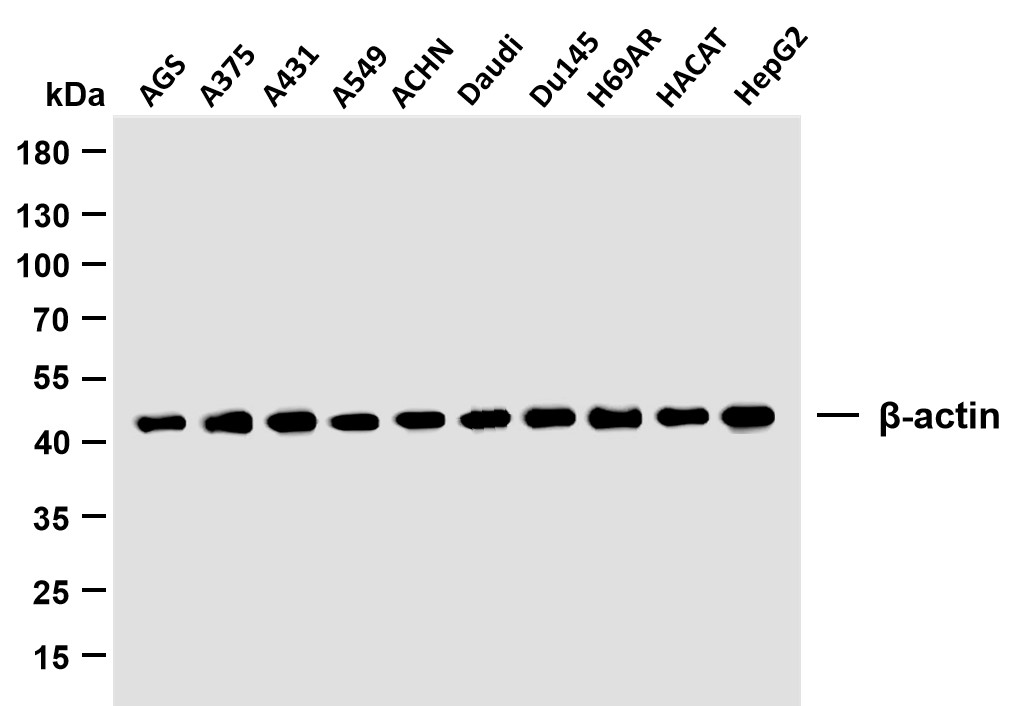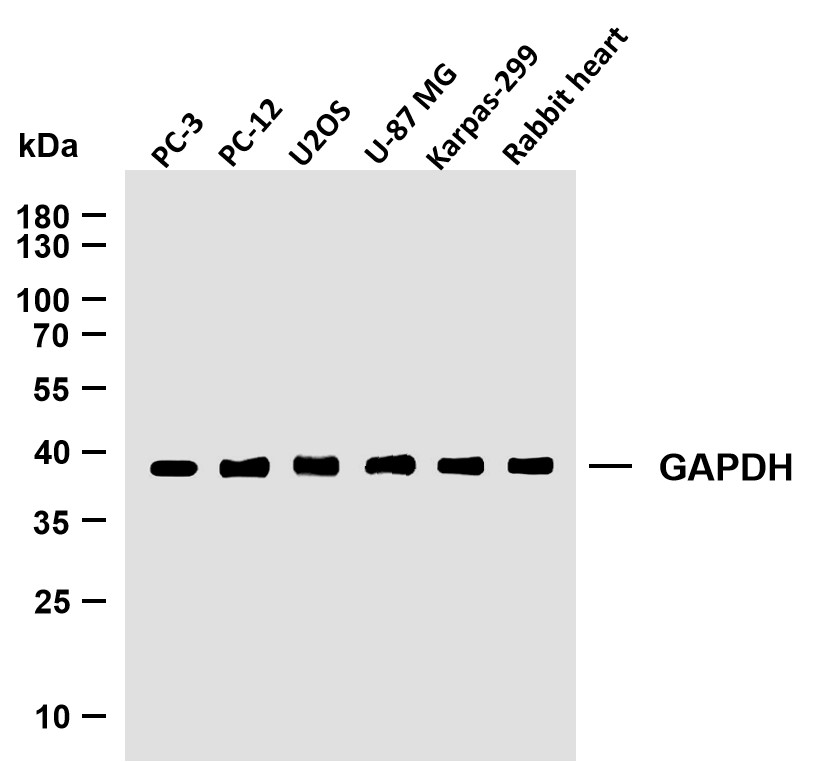
Catalog: YN3295
Size
Price
Status
Qty.
200μL
$450.00
In stock
0
100μL
$280.00
In stock
0
40μL
$150.00
In stock
0
Add to cart


Collected


Collect
Main Information
Target
POK6
Host Species
Rabbit
Reactivity
Human, Mouse, Rat
Applications
WB
MW
105kD (Observed)
Conjugate/Modification
Unmodified
Detailed Information
Recommended Dilution Ratio
WB 1:500-2000
Formulation
Liquid in PBS containing 50% glycerol, 0.5% BSA and 0.02% sodium azide.
Specificity
This antibody detects endogenous levels of XYLT1 at Human/Mouse/Rat
Purification
The antibody was affinity-purified from rabbit antiserum by affinity-chromatography using epitope-specific immunogen.
Storage
-15°C to -25°C/1 year(Do not lower than -25°C)
Concentration
1 mg/ml
MW(Observed)
105kD
Modification
Unmodified
Clonality
Polyclonal
Isotype
IgG
Related Products
Antigen&Target Information
Immunogen:
Synthesized peptide derived from human XYLT1 AA range: 312-362
show all
Specificity:
This antibody detects endogenous levels of XYLT1 at Human/Mouse/Rat
show all
Gene Name:
XYLT1 XT1
show all
Protein Name:
XYLT1
show all
Other Name:
Xylosyltransferase 1 ;
Peptide O-xylosyltransferase 1 ;
Xylosyltransferase I ;
XT-I ;
XylT-I ;
Peptide O-xylosyltransferase 1 ;
Xylosyltransferase I ;
XT-I ;
XylT-I ;
show all
Background:
This locus encodes a xylosyltransferase enzyme. The encoded protein catalyzes transfer of UDP-xylose to serine residues of an acceptor protein substrate. This transfer reaction is necessary for biosynthesis of glycosaminoglycan chains. Mutations in this gene have been associated with increased severity of pseudoxanthoma elasticum.[provided by RefSeq, Nov 2009],
show all
Function:
Catalytic activity:Transfers a beta-D-xylosyl residue from UDP-D-xylose to the serine hydroxy group of an acceptor protein substrate.,cofactor:Divalent cations.,Function:Catalyzes the first step in biosynthesis of glycosaminoglycan. Transfers D-xylose from UDP-D-xylose to specific serine residues of the core protein. Initial enzyme in the biosynthesis of chondroitin sulfate and dermatan sulfate proteoglycans in fibroblasts and chondrocytes.,miscellaneous:Activity is strongly reduced in seminal plasma of unfertile men.,online information:GlycoGene database,pathway:Glycan metabolism; chondroitin sulfate biosynthesis.,pathway:Glycan metabolism; heparan sulfate biosynthesis.,PTM:Contains 7 disulfide bonds.,PTM:N-glycosylated.,similarity:Belongs to the glycosyltransferase 14 family. XylT subfamily.,subcellular location:Some fraction is also found in the extracellular space together with chondroitin sulfate proteoglycans, suggesting that it can be secreted.,subunit:Monomer.,tissue specificity:Widely expressed. Expressed at higher level in placenta, kidney and pancreas. Weakly expressed in skeletal muscle.,
show all
Cellular Localization:
Golgi apparatus membrane ; Single-pass type II membrane protein . Secreted . Detected predominantly in the Golgi apparatus. .
show all
Tissue Expression:
Widely expressed. Expressed at higher level in placenta, kidney and pancreas. Weakly expressed in skeletal muscle.
show all
Research Areas:
>>Glycosaminoglycan biosynthesis - chondroitin sulfate / dermatan sulfate ;
>>Glycosaminoglycan biosynthesis - heparan sulfate / heparin ;
>>Metabolic pathways
>>Glycosaminoglycan biosynthesis - heparan sulfate / heparin ;
>>Metabolic pathways
show all
Reference Citation({{totalcount}})
Catalog: YN3295
Size
Price
Status
Qty.
200μL
$450.00
In stock
0
100μL
$280.00
In stock
0
40μL
$150.00
In stock
0
Add to cart


Collected


Collect
Recently Viewed Products
Clear allPRODUCTS
CUSTOMIZED
ABOUT US
Toggle night Mode
{{pinfoXq.title || ''}}
Catalog: {{pinfoXq.catalog || ''}}
Filter:
All
{{item.name}}
{{pinfo.title}}
-{{pinfo.catalog}}
Main Information
Target
{{pinfo.target}}
Reactivity
{{pinfo.react}}
Applications
{{pinfo.applicat}}
Conjugate/Modification
{{pinfo.coupling}}/{{pinfo.modific}}
MW (kDa)
{{pinfo.mwcalc}}
Host Species
{{pinfo.hostspec}}
Isotype
{{pinfo.isotype}}
Product {{index}}/{{pcount}}
Prev
Next
{{pvTitle}}
Scroll wheel zooms the picture
{{pvDescr}}

